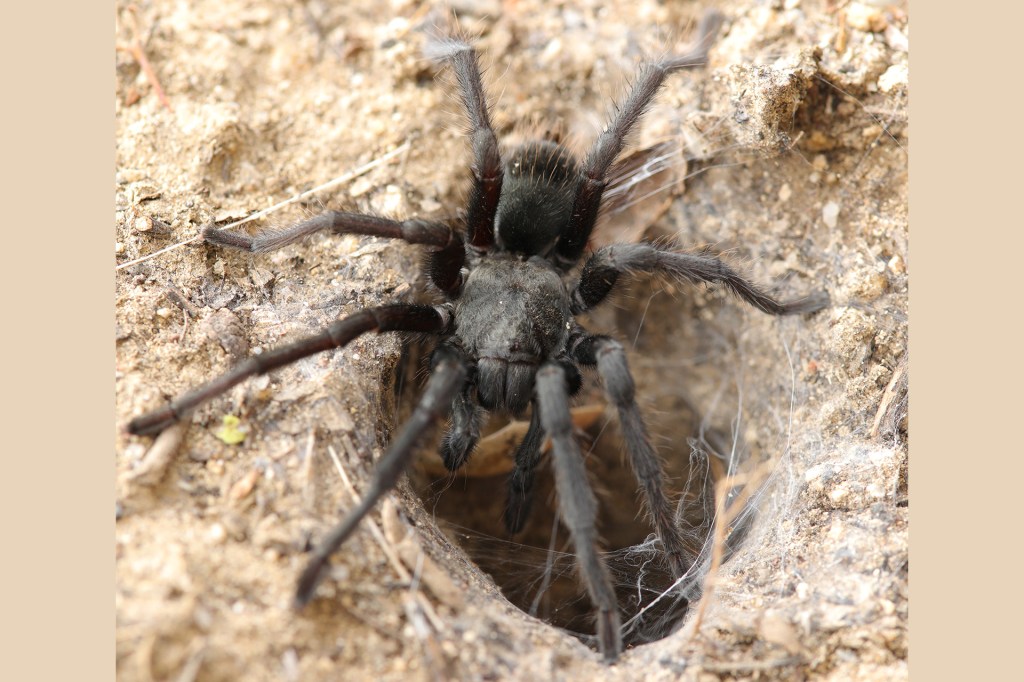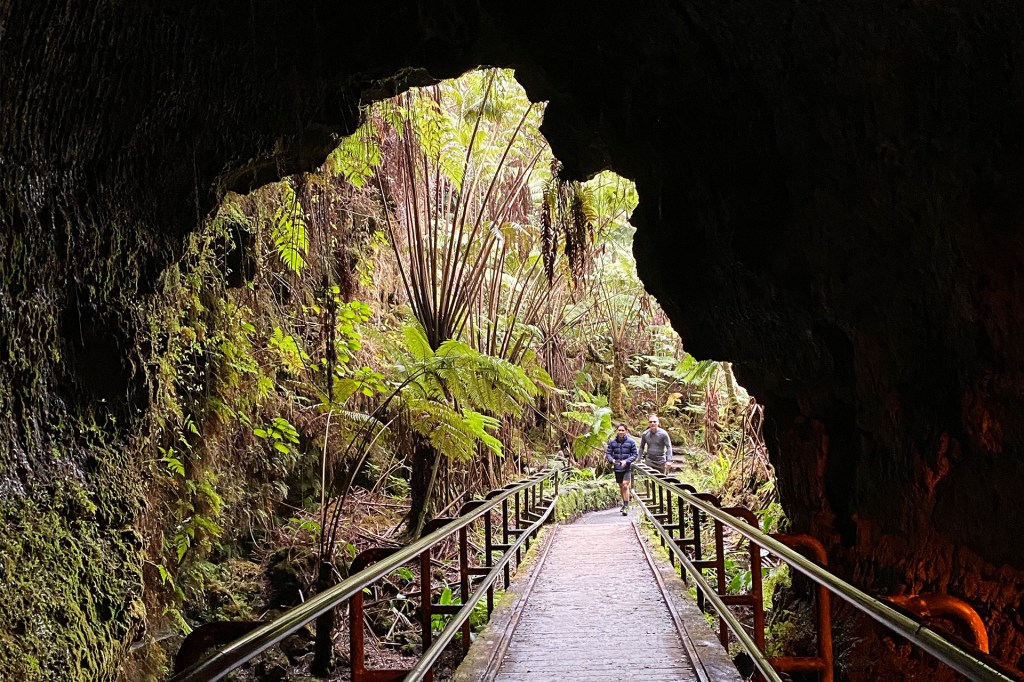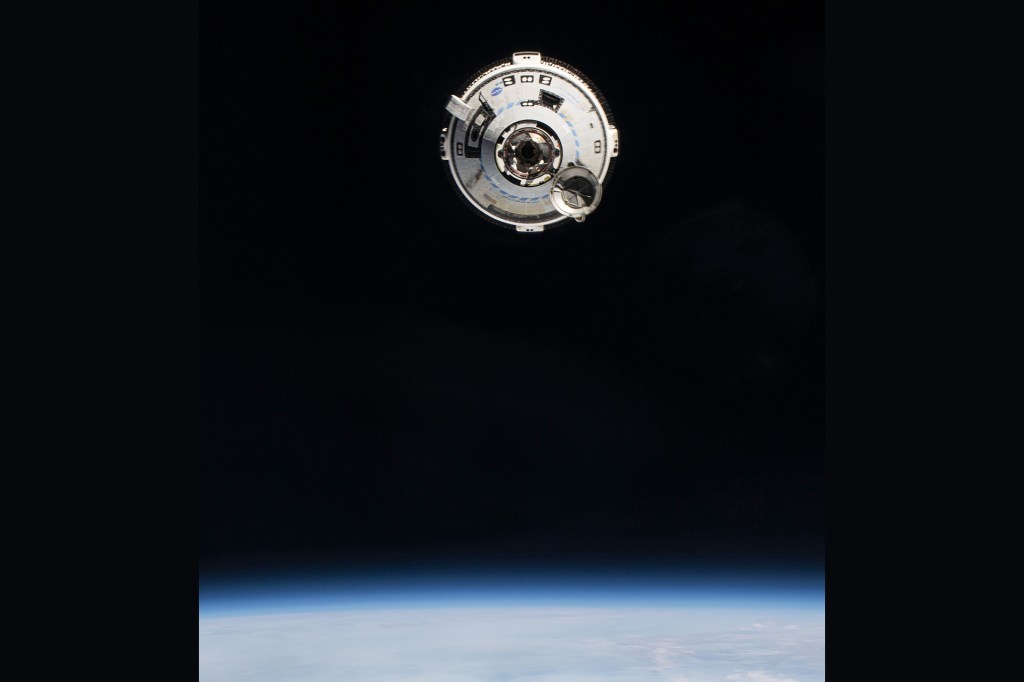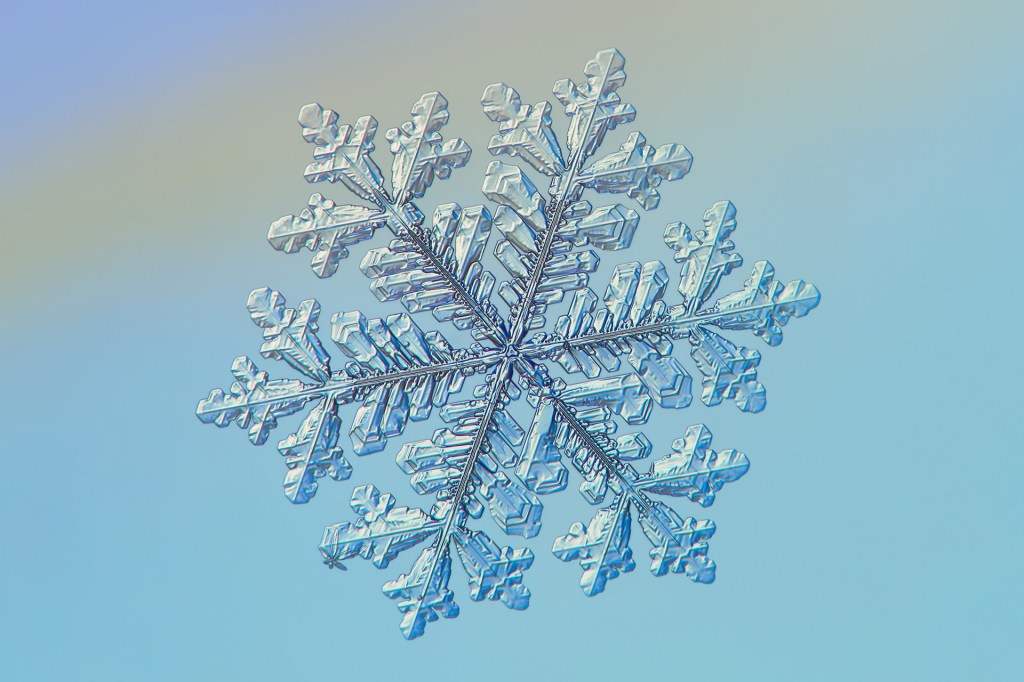
Look at the snowflakes on this page. What shapes do you see?
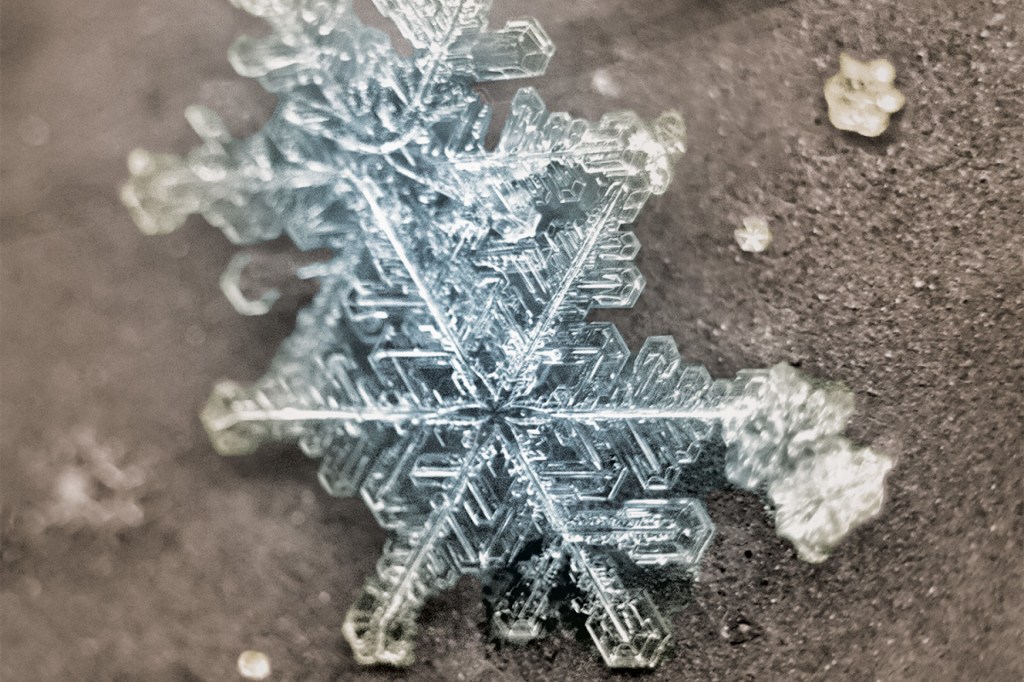
Snowflakes come in many shapes. Their form is affected by factors like temperature.
MARIANNA ARMATA—GETTY IMAGESUsually, a snowflake is the shape of either a star or a column. But did you know that no two snowflakes are exactly alike? Even scientists wonder why.
Kenneth Libbrecht is a scientist. He has spent years trying to learn how snowflakes get their amazing shapes.
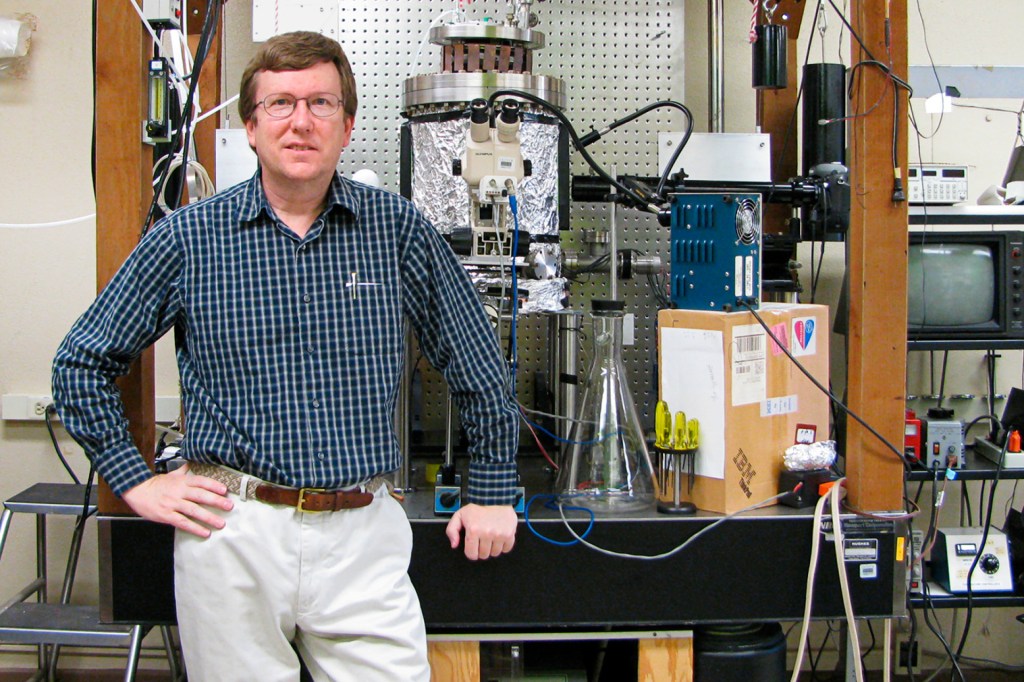
Kenneth Libbrecht studies snowflakes at Caltech. He uses freezers in his lab to grow ice crystals.
COURTESY KENNETH LIBBRECHTSnowflake Shapes
Snowflakes begin in a cloud, as water vapor. That’s water in the form of gas. If it’s cold enough, the vapor starts to freeze. It crystallizes. These crystals have six sides and points.

Water particles attach to an ice crystal’s points and freeze. The crystal grows. Arms and branches form. Colder air makes the snowflake pointier, like a star. Warmer, humid air creates a simpler shape, like a column or needle.
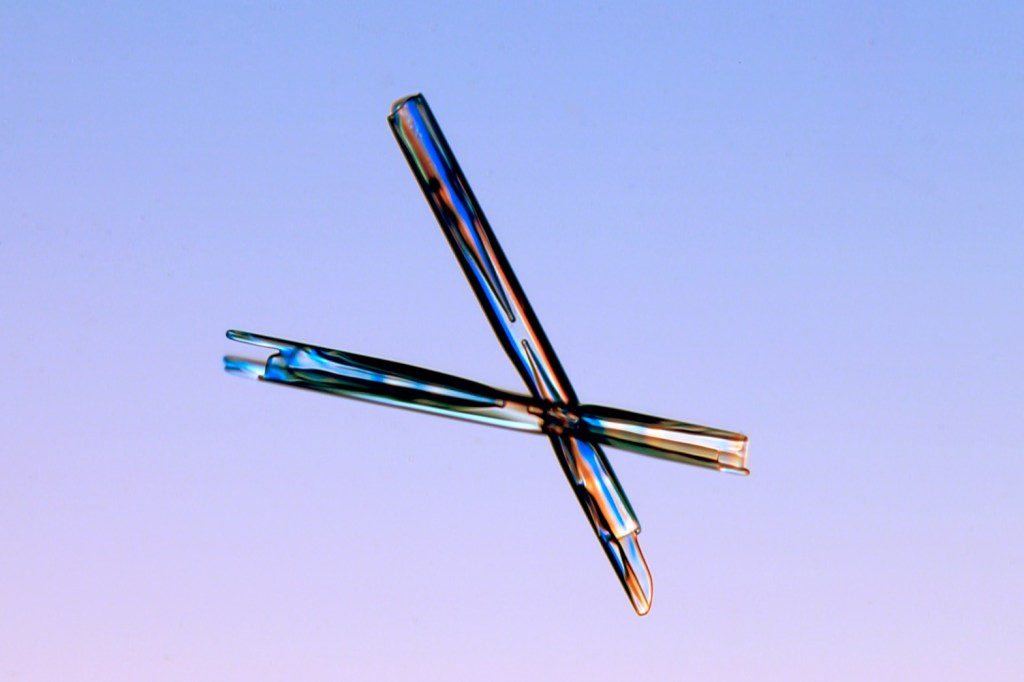
As a snowflake falls, it keeps changing. Wind, temperature, and humidity all affect it. And no two snowflakes follow the same path down. So no two turn out exactly the same.

Designer Snowflakes
Libbrecht copies this process in his lab. He uses a freezer and dry ice to make a tiny ice crystal. Then he introduces moist air. That helps the crystal grow and take shape.
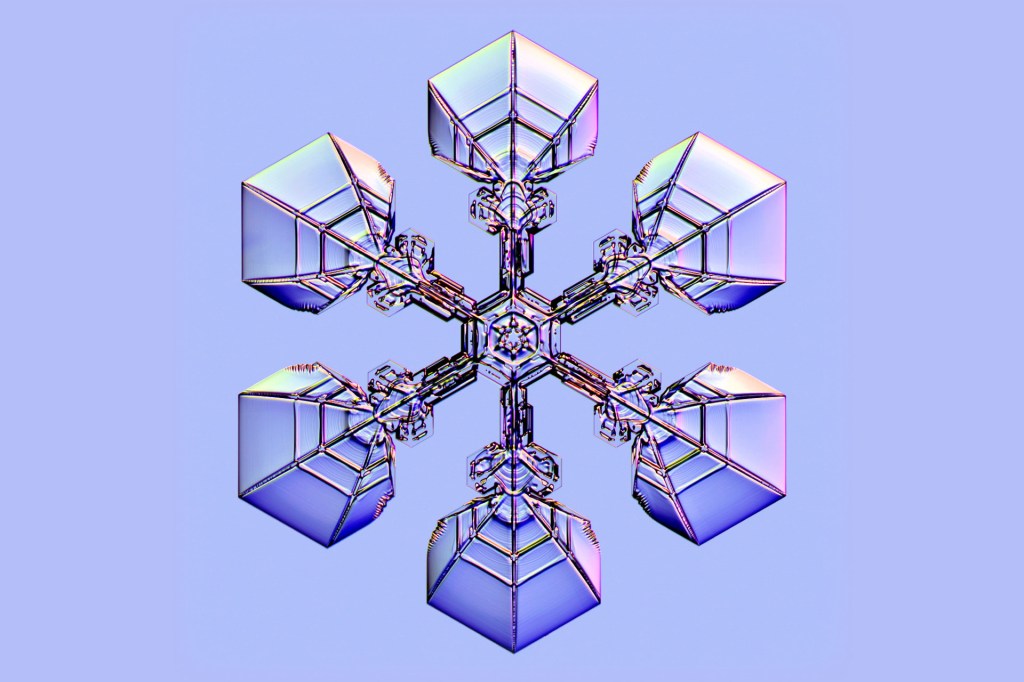
This designer snowflake was grown in a lab by Kenneth Libbrecht. He uses tools to create intricate patterns.
COURTESY KENNETH LIBBRECHTLibbrecht tries out different patterns. To him, they are mysterious works of art. “Figuring out how it all works is quite a challenge,” he says. “And many mysteries remain!”
Waterforms
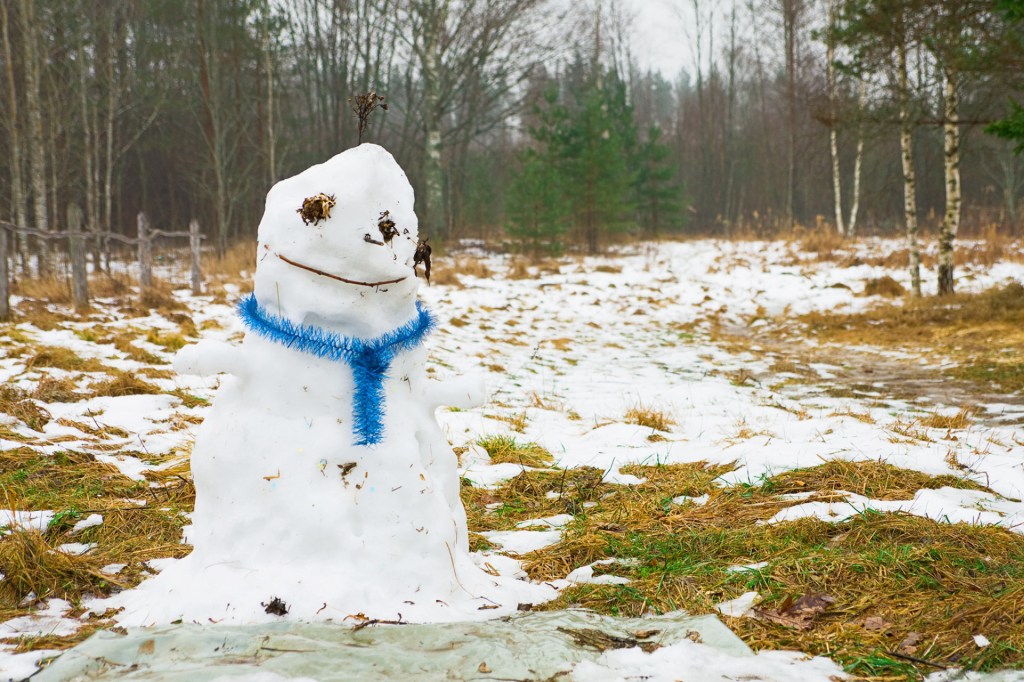
What happens when a snowman melts? It changes form. It goes from solid to liquid to gas. A snowman is a solid. It’s made of frozen water, or snow, packed together. But as snow warms, it turns into a liquid. Then the water evaporates, or turns to gas. It rises into the air. If the air is cold enough, the water can fall again as snow.





